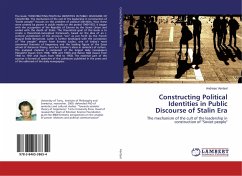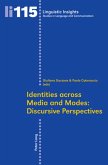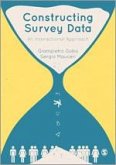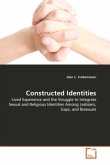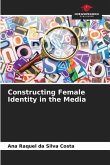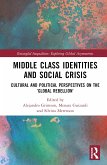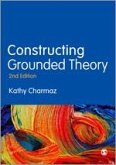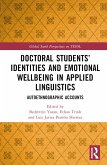The book "CONSTRUCTING POLITICAL IDENTITIES IN PUBLIC DISCOURSE OF STALIN ERA. The mechanism of the cult of the leadership in construction of "Soviet people"" focuses on the problem of political identities. How these were created by power in public media on the period 1940-1953, it began with the occupation of the Republic of Estonia by the Soviet Union and ended with the death of Stalin. The theoretical goal of this book is to create a theoretical-conceptual framework, based on the idea of an I-centred constitution of the pronoun "we" as put forth by the French linguist Émile Benveniste. Latter is further developed with the conception of "the people" drawn from Ernesto Laclau, one of today's most renowned theorists of hegemony and the leading figure of the Essex school of discourse theory, and Juri Lotman's ideas in semiotics of culture. The analyzed material is composed of the largest daily newspapers Päevaleht (issues from 1938, 1939 and 1940) and Rahva Hääl (issues from 1940 to 1941 and issues from 1944 to 1953). The essential part of the sources is formed of speeches of the politicians published in the press and of the editorials of the daily newspapers.
Bitte wählen Sie Ihr Anliegen aus.
Rechnungen
Retourenschein anfordern
Bestellstatus
Storno

